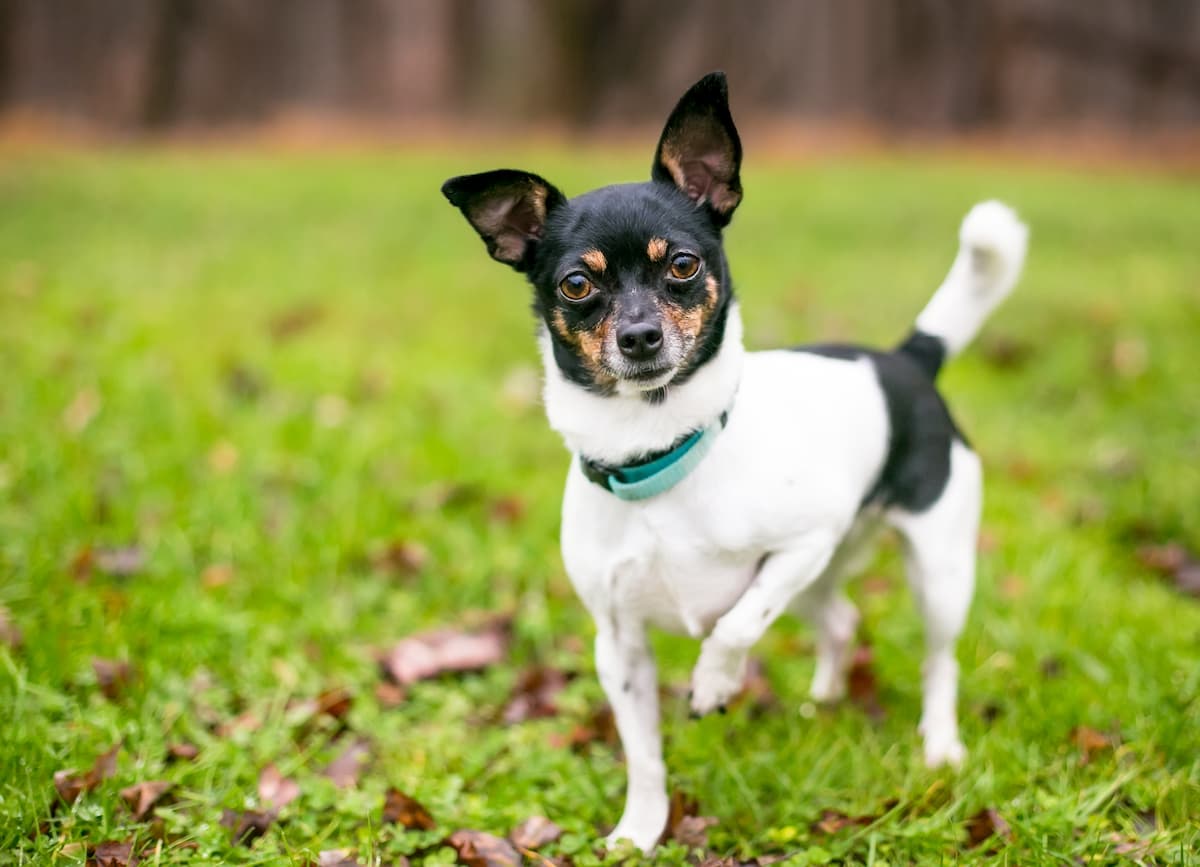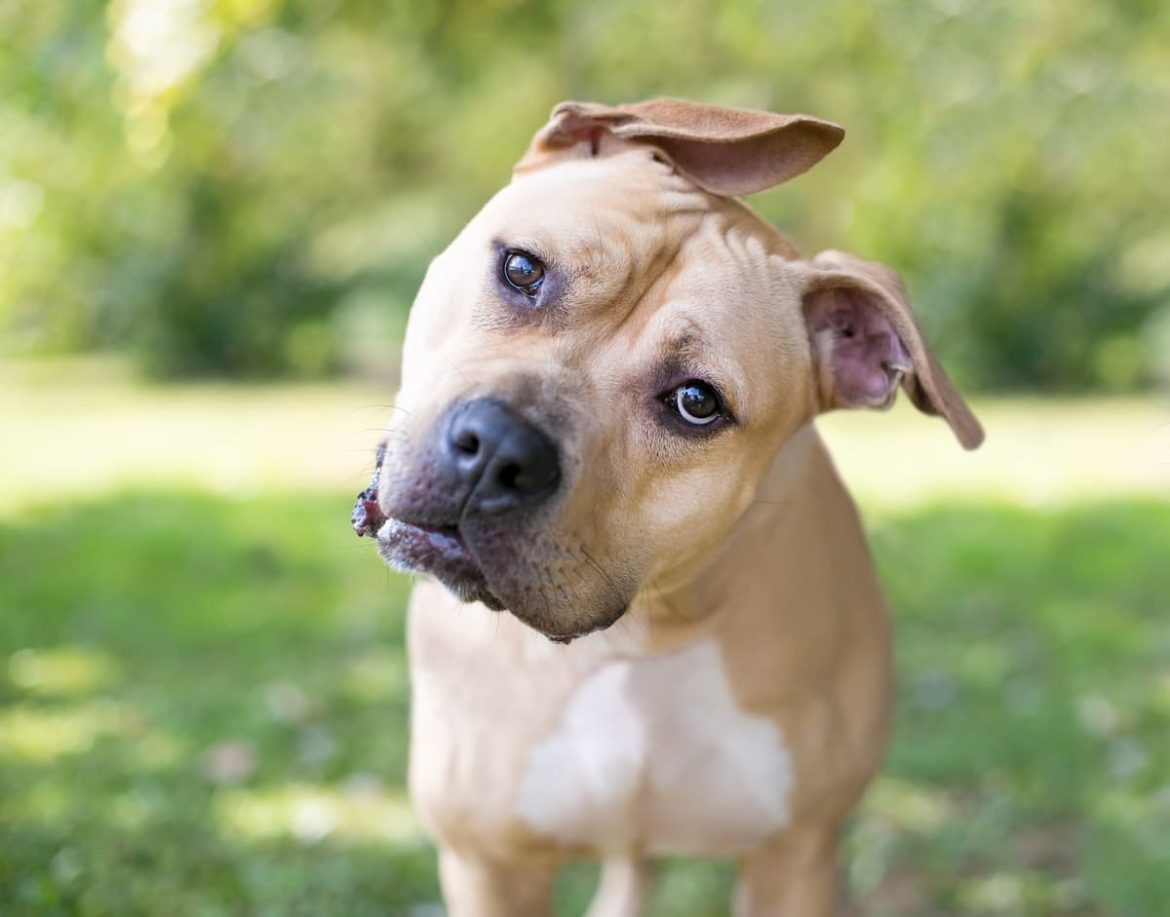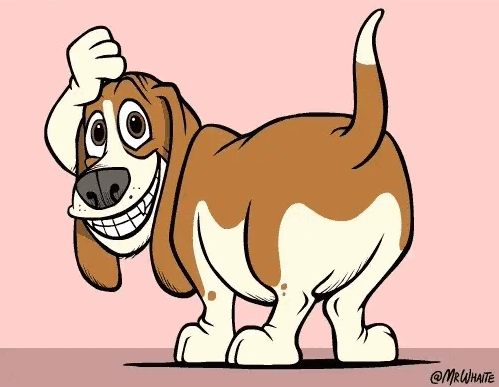 How to interpret dog body language:
How to interpret dog body language:
Raising one paw
In certain situations, this could be their way of answering the call to ‘shake’. When raising a front paw in other contexts, however, it can signal uncertainty or anticipation of something about to happen. A few possible scenarios include:
- They’re not entirely at ease with the situation. Coupled with their tail curled under and their body seems stiff, this could simply be their way of letting you know that they’re fearful or feeling uncomfortable. This may happen if, for example, they’re approached by another dog and feel they’re encroaching on their space.
- If it seems there might be some playtime or ruff-housing on the horizon, your dog may lift their front paw to ‘get prepared’. This shows their anticipating something and are ready and willing to be involved.
- Where there is a loud, sudden noise, your dog may freeze, widen their eyes and lift their paw. In this case, the sudden noise was unsettling and they’re showing confusion and subsequent discomfort with the ‘not knowing’.
Constant yawning or licking their nose
Again, in context, this kind of behaviour could be a number of things. Aside from the obvious – they’re tired – a dog may be yawning to let those around them know they mean no harm. It can help to self-calm, or to respond to a situation where they want to avoid any conflict.
Another indication that they’re uncertain is constantly licking their nose. This can be seen as a nervous habit, where they’re trying to calm themselves. If they’re in a situation where there is a new person or pet in their vicinity, they could be attempting to ‘clear out’ their nose so they can get a better whiff of the smells around them!
Generally speaking though, licking their nose is a sign of healthy and natural dog activity.
Shaking their tail feather
One of the most common misconceptions of canine body language surrounds tail wagging. Most people believe that if a dog’s tail is wagging, they must be happy and content. Whilst this is often true, tail wagging can also be a sign of frustration, over stimulation and arousal.
The key to working out how your dog is feeling is to look at the speed of wag and the movement of the rest of their body.
- A tail that wags around in circles and is attached to a wiggling bottom signals friendliness. Your dog is happy to be approached.
- A tail that is held high but wagged slowly means the dog is assessing a situation and aren’t totally comfortable yet. Give them time to assess and adjust.
- A dog that’s wagging its tail but barking with a defensive body posture, tense face, and hard staring eyes is overly aroused and frustrated. Take these hints that they shouldn’t be approached by people or other animals.
- A tail that is extended directly out means that the dog is tense and ready to take action.
- A tail that is tucked underneath your dog shows that they are feeling very uncomfortable, frightened or nervous. This is commonly seen paired with low body posture and avoidance of eye contact.
- Interestingly, the direction of your dog’s wag can also reveal a lot about how they feel about a person. When the tail wags more to the right, it suggests your dog likes the person. A tail wag to the left suggests the opposite – the person is unfamiliar to your dog.
Ear me out
Dog ears come in all shapes and sizes and your dogs ability to communicate with them depends on the breed. Regardless of their shape, most dogs ears can reveal secrets about how they are feeling depending on how they are positioned.
- Ears that are in the natural position means your dog is relaxed and comfortable. The ears will not be pushed forwards or back but are just sitting in the natural position on your dog’s head.
- Ears that are pricked up or forward indicate that your dog is alert and is directing his ears to the source of his interest. You can keep an eye on his tail to see how they’re feeling about this new sound. A slow wag means he’s listening in to hear more, and an extended tail suggests they’re feeling tense and about to spring into action.
- Ears that are just slightly back indicate friendliness and willingness to be approached. Again, you can watch the rest of the body for confirmation that he is feeling comfortable and friendly. The key is always in how wiggly his body is!
- However, ears that are completely back or flat on your dog’s head shows that they are feeling frightened or are submitting to someone or something. This may be paired with a tail between the legs and a low posture with body close to the ground, slinking away from you.

Ears flat against the head and low posture suggests this dog is frightened
To keep your pooch’s tail wagging whilst you’re away, book a Mad Paws Pet Sitter!



2 comments
Hi this is Sharon and I am deaf personal and my old dog named snoopy is passed away last few year ago she is 12 year old she is Russell Jack so I have another little runt dog named mya and she is 9 years old she is chichiuna
All well and good guys, but Boogliboo is a cat. Not sure if reading a cat is that easy. But give it a go.